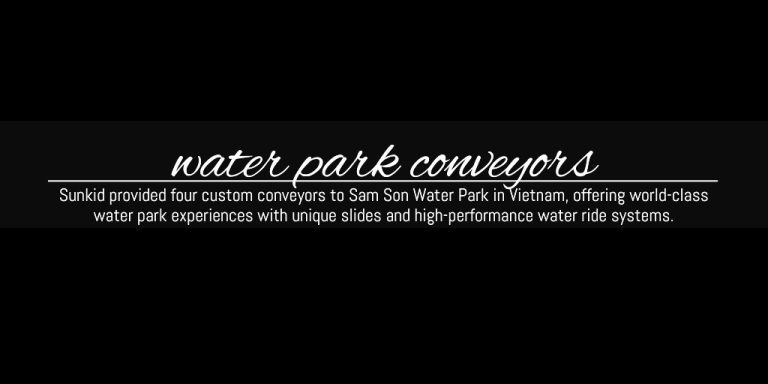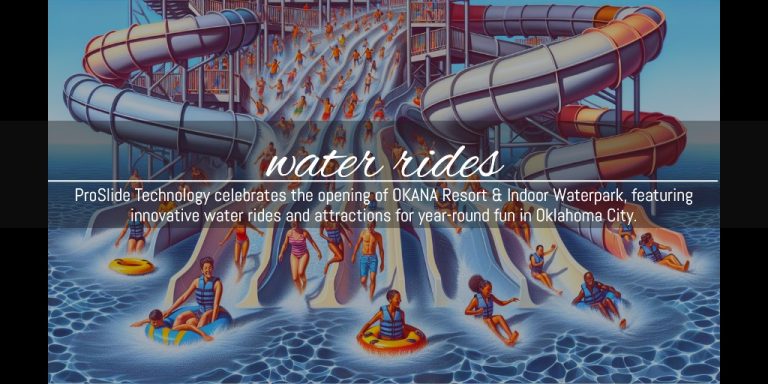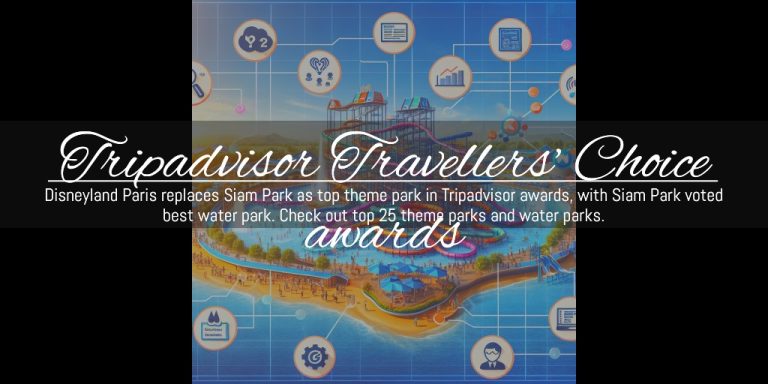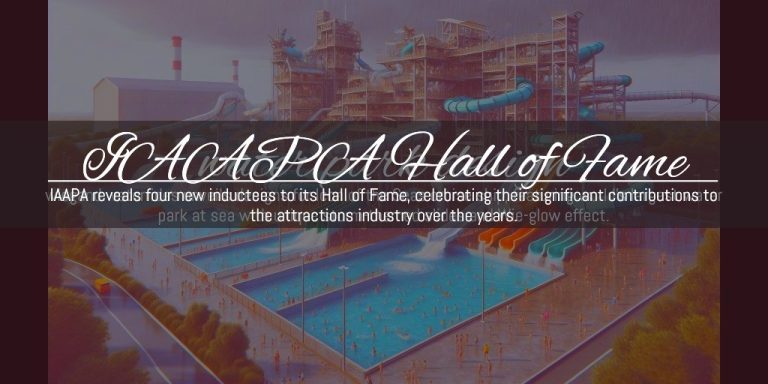Dr Mark Penning: Disney Lookout Cay Environmental Stewardship
This summer saw the unveiling of the latest gem in the Disney Cruise Line portfolio, Disney Lookout Cay at Lighthouse Point. Nestled on the island of Eleuthera in The Bahamas, this enchanting destination serves as a perfect retreat for Disney cruise guests. Following the success of Disney Castaway Cay, this new development offers a plethora of Disney-themed activities alongside a comprehensive range of amenities, all set against the backdrop of The Bahamas’ vibrant culture and stunning natural beauty.
The new Disney Cruise Line destination draws inspiration from Junkanoo, a cherished Bahamian tradition that celebrates the nation’s unique heritage. Guests can enjoy an expansive family beach, an adults-only beach complete with a dining area, and a serene beach featuring family cabanas. Additionally, Disney Lookout Cay boasts a water play area designed for families, equipped with slides, water drums, fountains, and a themed kids’ club that includes a splash pad inspired by The Little Mermaid.
In line with its commitment to environmental stewardship, Disney Cruise Line has made significant efforts to minimise the ecological footprint of Disney Lookout Cay during its design and construction phases. This initiative aligns with The Walt Disney Company’s 2030 environmental goals, ensuring that the island destination is developed and operated sustainably.
Dr Mark Penning, the vice president for animals, science, and environment at Disney Parks, Experiences and Products, discusses the importance of conservation and sustainability in the development of Disney Lookout Cay.
Creating Impact at Scale
Dr Penning began his career as a veterinarian with a focus on birds and reptiles. His extensive experience includes establishing bird and reptile parks and leading research organisations that have contributed to oceanographic studies and the preservation of the marine environment.
As his career progressed, Dr Penning sought to make a more substantial impact in the field of animal science. A pivotal moment occurred during an encounter with a mountain gorilla in Uganda:
“I desperately wanted to see a mountain gorilla. I saw one ahead, and I thought – this is my life moment. Then, the gorilla looked over and came towards us. I shuffled over to one side; I figured he’d walk past. And would you believe it? He sat down next to me and put his arm around me. I’m not making eye contact because the big primates don’t do that. But I felt I had to look to see if he was still relaxed. And I looked up and had that magical eye-to-eye moment with a wild mountain gorilla.
“It made me think that perhaps my time had come to start doing something bigger. Because how can I protect this guy and his forest? And I credit that gorilla for getting me here.”
Dr Penning joined Disney in 2012, expressing his desire to make a significant impact on a large scale. “Disney does exactly that,” he explains. “I have been so delighted to work in a company where protecting the environment, protecting the magic we talk about, is just as important as the magic itself.”
Disney Lookout Cay at Lighthouse Point: Safeguarding Bahamian Habitats
At Disney Lookout Cay, Dr Penning is leveraging his expertise and Disney’s legacy of conservation initiatives to ensure that the development protects and conserves the Bahamian environment.
“When we do a project like Disney Lookout Cay at Lighthouse Point, everybody involved is thinking about nature, wildlife, and habitats and making sure our impact is, to the greatest extent possible, a positive one,” he states.
Before construction commenced, Disney conducted one of the most comprehensive Environmental Impact Assessments (EIA) ever undertaken in The Bahamas to prevent biodiversity loss at a species level.
“One of our key decision points was bringing on board Bahamian scientists. They understood the landscape, the habitats and the animals, as well as people’s attitudes and how people think about that nature. We gained remarkable insights from them.”
“There were things in the environment that were a little different. For example, there are salt ponds, which are hyper saline environments. There’s really interesting biology in there, but not much is known about it. We had to be careful not to contaminate those and ask how we can protect them. The ocean around Lighthouse Point is beautiful, with corals and coral reefs. We wanted to understand how we could best protect those.”
“There were a lot of great learnings out of the EIA that gave direction on how to do this, that our impacts are limited and as far as possible, beneficial to the natural beauty of Lighthouse Point.”
Conserving the Island’s Habitats
Disney Lookout Cay was designed to minimise its impact on the natural environment. The project has developed less than 16% of the overall site, preserving areas such as sand dunes that serve as wildlife habitats and maintain the natural shoreline.
Where development has occurred, low-density buildings and features such as elevated walkways have been implemented to reduce environmental impact. A pioneering open-trestle pier was constructed to avoid the need to dredge a channel.
“To get the guests onto the island, we could have removed a significant amount of coral, rock and so on. But we expressly did not want to do that. We wanted to stop the ship in deep water. So, we’ve built this pier.”
Sometimes actions have unintended consequences:
“We created fish highways where fish could move through the pier. But some big fish stayed in the shade and ate everything coming through! So, in some of these spaces, we made a limestone reef to give other fish a hiding place.
“When deciding where to build the pier, we created a zone where any coral that would be impacted would be safely moved. We took out close to 900 corals. Our dive team collected these corals and relocated them to a very close, safe, protected place in the ocean where they could be successful and keep growing.”
Additionally, 40 gigantic barrel sponges were relocated using large nets specially created by EPCOT’s costuming team at Walt Disney World Resort.
“We are so lucky at Disney that we’ve got people who want to help and are really good at what they do.”
Land Crab Tagging and Other Conservation Projects
A variety of long-term conservation initiatives are being implemented at Disney Lookout Cay.
This includes the first-ever tagging and tracking data project for land crabs in The Bahamas. The team also monitors the island’s birds, such as the Kirtland’s Warbler and the Great Lizard Cuckoo.
“At Walt Disney World, we do this amazing program with purple martins. They fly 3,000 miles from the Amazon to come to Walt Disney World to have their babies. We know where they go because we have radio trackers on them.”
“We needed to do this with these birds in The Bahamas, but we just couldn’t catch those two particular species. They were really smart.
“Our science team 3D-printed a model of each species. We placed the models down and played the call, and the resident birds were enticed to come out and see this intruder. When they saw it, they flew straight towards it and got themselves into the net. Then we were able to put the tracking device on.”
Monitoring is key.
“Our dive team has taken 70,000 pictures to make photo mosaics of every coral outcrop so we can track it over time. If there is any impact by guests swimming in that area, or whatever the case may be, we want to know. We want to be able to track it, follow it, and make changes if necessary. Studying what you have is a fundamental component of protecting nature in perpetuity.”
Coral Rehabilitation at Disney Lookout Cay
At Disney Lookout Cay, Disney has initiated a new coral rehabilitation programme in collaboration with the Perry Institute’s Reef Rescue Network Program. This initiative complements its ongoing coral monitoring programme and aims to mitigate the widespread effects of Stony Coral Tissue Loss Disease.
“That’s one of those global issues. It’s so much bigger than Disney or The Bahamas. Stony Coral Tissue Loss Disease is caused by a combination of factors, including the warming of the oceans and persistent changes in temperature, as well as agrochemicals and other elements that are causing these corals to die off. We are first doing the observations to see where it is, where it is not, and how it got there. We are conducting antibiotic trials to see if these make an impact or not, and we’re trying to understand which corals are resistant and which are not.”
Disney Cruise Line and the Disney Conservation Fund were among the first organisations to initiate coral restorations in The Bahamas.
“We have created two coral nurseries around Lighthouse Point,” says Dr Penning. “We have coral fragments on a line where the corals are in the water column. They get all the nutrition and sunlight that they need. And they grow like crazy; they do really well. Then, when they reach a particular size, we plant them out and epoxy them onto the right substrate. And that’s how our coral reef forms.
“So when we reassured the government of The Bahamas that we could ultimately help restore some of the habitats, like at Lighthouse Point, which has been battered by storms, we do mean that we can help build up the coral biomass again.”
Extending Coral Reef Restoration Beyond The Bahamas
The team has been engaged in long-standing coral rehabilitation work in The Bahamas since 2007, which continues at Disney Lookout Cay. Based on all that the team has learned, Disney partnered with others to help establish the Florida Coral Rescue Center in Florida.
“With the local wildlife management agency here in Florida, we have helped to rescue several thousand pieces of coral from the Florida coral reef tract. The Florida Coral Rescue Center in Orlando can house a lot of these corals. We want to study them and help them grow.”
“At the same time, they are curious; they want to explore,” continues Dr Penning. “We want to help them do that. We create nature trails where they can walk and enjoy the beautiful scenery and then have locations where they can learn something. For instance, ‘This kind of tree is an invasive species; here’s the history’. Or, ‘These crabs are scavengers; they’re part of our cleaning crew’. We can share stories and help people get to those beautiful places and appreciate them.
“When our guests leave us, we know they’ve learned something; we know that they care. Hopefully, we’ve inspired them to do something where they live to protect nature. Also, we want them to know how much Disney does. We want them to know that we do the right things.”
Responsible Waste Management
Disney Cruise Line supports The Walt Disney Company’s 2030 Environmental Goals by decreasing emissions, minimising waste, conserving water, and protecting oceans and wildlife, among other measures.
The company is set to source up to 90% of its energy requirements at Disney Lookout Cay from on-site solar panels. It is also working to minimise waste and send zero waste to local landfill. In addition, Disney Lookout Cay has a team of environmental experts responsible for implementing all the sustainability initiatives and training the crew members.
Dr Penning states: “We need to manage waste responsibly. It’s really simple stuff. You know, it’s sorting and recycling and things like that. But we’ve also got some innovative projects, such as testing biodigesters. We can always put it back on the ship if we can’t figure out another way to eliminate certain items. But zero waste to landfill is a pledge we made, and we will stick to it. We’re very proud of that.”
Storytelling & Education at Disney Lookout Cay
Disney also provides activities that help guests learn about its conservation work.
“We want to get our guests involved. Guests like to know that we care so much, but we are lucky to have guests who also really care. We want to give them opportunities to participate in some of this.
“At Disney, we love storytelling. We love nature. And it’s a great combination of those two things. Disney Lookout Cay is an incredible destination where guests can be totally immersed in the culture and natural beauty of The Bahamas. They can do it and also know that we are caretakers of that space, and they are helping us to take the best care possible of it.”
Inspired guests at Disney Lookout Cay can contribute to the company’s work by donating to the Disney Conservation Fund. Through guest and corporate contributions, the fund has contributed $125m to field conservation projects worldwide so far.
“But that, to me, represents a massive contribution to people and communities working so hard to protect the wildlife around them because they know they depend on that wildlife. There really are good programs,” says Dr Penning.
“We have a team of scientists who help us with these developments and manage our existing properties. We want to do what we do the right way and be responsible.”
In addition, Disney Cruise Line has been delivering numerous community programmes, such as beach clean-ups. It is also planning a partnership to develop youth education focused on conservation in Central and South Eleuthera. This will help support local residents in preserving their communities.
Ongoing Evolution
The company’s conservation initiatives are ongoing and ever-evolving in response to the changing needs of the natural world.
“This is Disney, and stasis is not in our blood. We are always growing, improving, and thinking of new ways to engage and inspire people.”
Dr Penning adds: “We’re learning as we go. We’re building on all the knowledge we’ve built up over many years of trying to do this right. And we’re seeing ourselves evolve in a great direction.”
But Disney’s commitment to conservation is evident. Dr Penning quotes Bob Iger:
“He said, ‘The way I think about our environmental work is that for us to have a healthy business, we need a healthy planet’. And so, it’s really important for us to do whatever we can to protect our planet.
“We walk that talk every single day and are very proud of it.”
The post Dr Mark Penning: cruising & environmental stewardship at Disney Lookout Cay appeared first on Blooloop.






